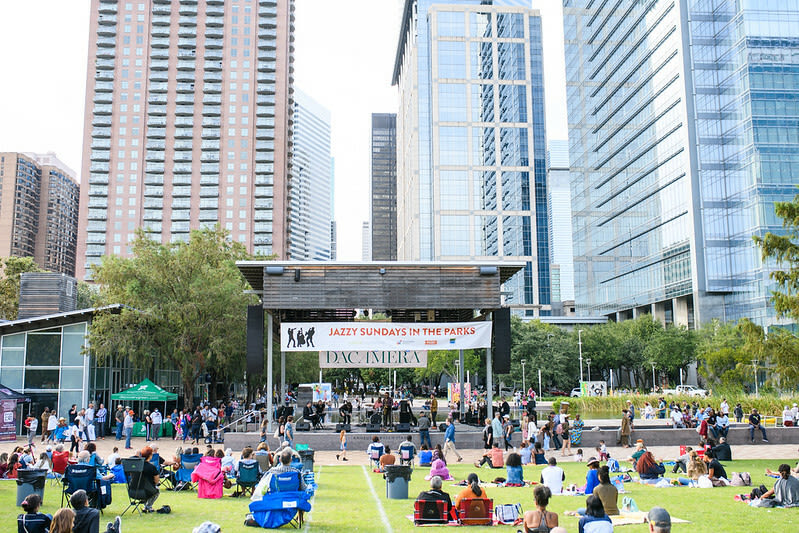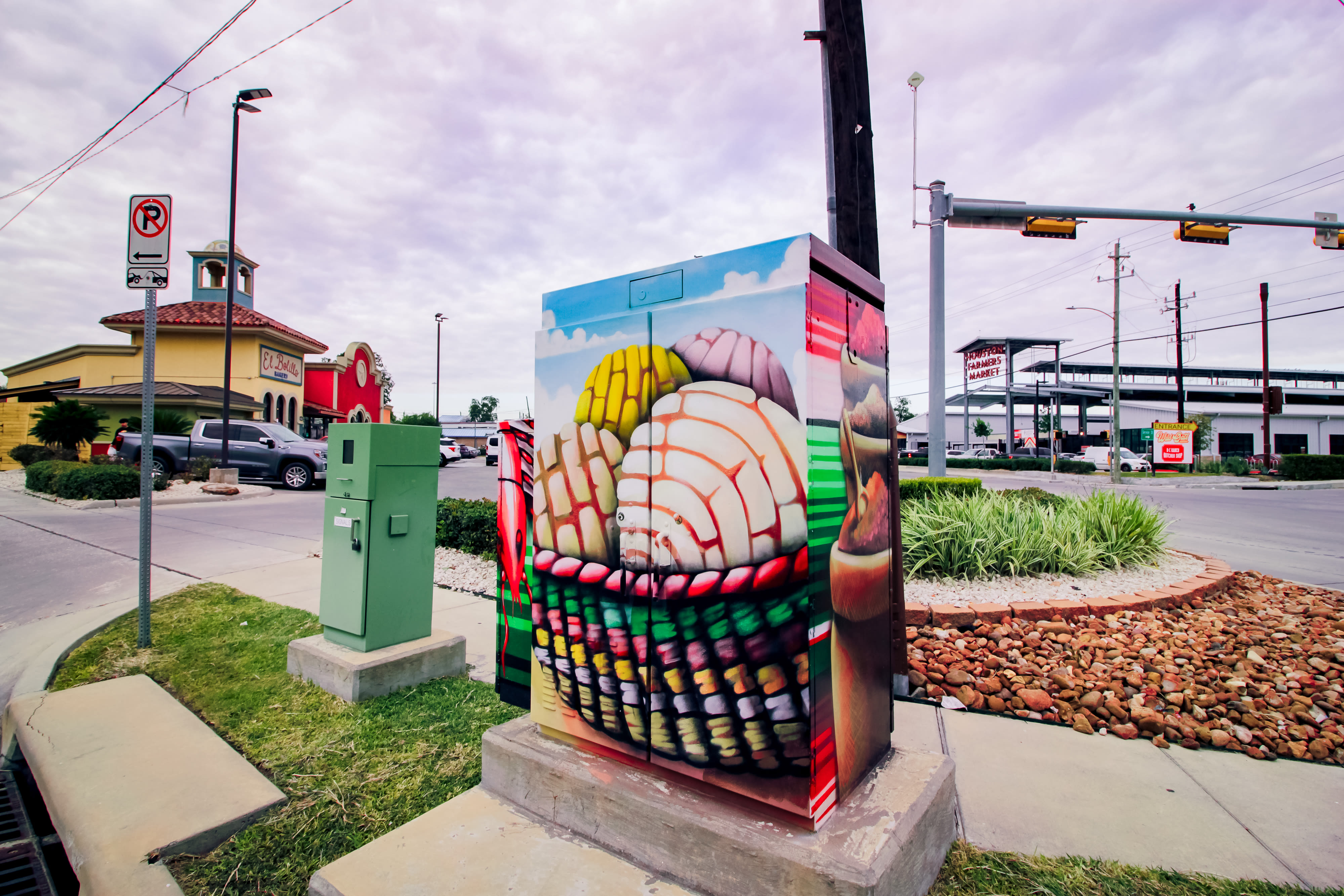Ludovico Einaudi Gave His Jones Hall Audience Exactly What It Wanted

Image: Courtesy of Shore Fire Media
On Sunday night at Jones Hall, the house wasn’t packed, but the audience buzzed with excitement. Clearly everyone in the place expected a show that was really something, which makes sense since this was the first time in Ludovico Einaudi’s long touring history that he has taken the time to swing through Texas.
At the appointed time, the lights blinked off. When they snapped on again moments later, Einaudi and his band of five musicians were in their places onstage. Once they launched into the first piece, they were off to the races.
For the duration of the two-and-a-half-hour show, the band, comprised of a cellist, a bass player, an electric guitar ace, one guy who played at least four different instruments, and a remarkable percussionist, followed Einaudi’s lead. And for all but a few moments, Einaudi sat at a gleaming black Steinway with his back to the audience, playing his music and only rarely acknowledging the rows of people behind him watching with rapt interest as his hands deftly ran back and forth over the ivory keys. Lights flicked on and off in time to the music and the video projected on the back of the stage, changing over for each piece.
It was a little strange, the artist’s lack of engagement, but considering the kind of music Einaudi creates, it’s hard to say what other kind of approach would work better.
Even if you don’t know his name, you’ve probably heard Einaudi’s work. The famed Italian composer has been churning out pieces and albums and soundtracks since the 1980s, and his music is the kind that pops up on Spotify playlists dedicated to focusing while at work. Why? Well, partly because the music is so open-ended.
Einaudi is known for his minimalist works, piano-based compositions that function like tone poems. The composer started out creating traditional classical pieces, but he veered off in the 1980s. His most popular recordings paint vague Impressionistic landscapes of mood that the listener can either tune into while sitting at a desk, or play while cruising through a town remembering a lost love, a lost opportunity, or, maybe, a lost sandwich. The music clearly means something, but the composer plays the personal side of his work very close to the chest.
The show was a pleasure to see. The band was so well-rehearsed they knew how to strike un-posed-looking poses just as the main lights would blink out at certain points in the performance, leaving them etched in dramatic silhouettes against shadowy grays and deep blues.
As the evening unfolded, I sometimes found myself imagining what was keeping the pianist’s face so squarely out of the line of sight. I wondered early in the evening whether he had an unsightly Cyrano de Bergerac nose, or maybe his entire visage was covered with soft, white fur. Or maybe he is just savvy enough to realize that the music works because people can allow it to mean whatever it is supposed to mean to them, and he can do likewise. The mystery deepened once the band left the stage and Einaudi began performing his solo pieces under two spotlights constantly tinged with haze from an unseen fog machine. (There was no bathroom break during this show, and there’s nothing like a full bladder to make your flights of fancy get increasingly more realistic.)
But at the end of the show, I got my answer. Einaudi finally turned around and acknowledged the enthusiastic applause, and what we all saw was a dapper, handsome man with an inscrutable face wearing a nice suit and having just played a whole bunch of piano. The crowd roared with appreciation and exclaimed that the experience had been “transcendent” as they filed out of the theater after the encores had finally concluded.




